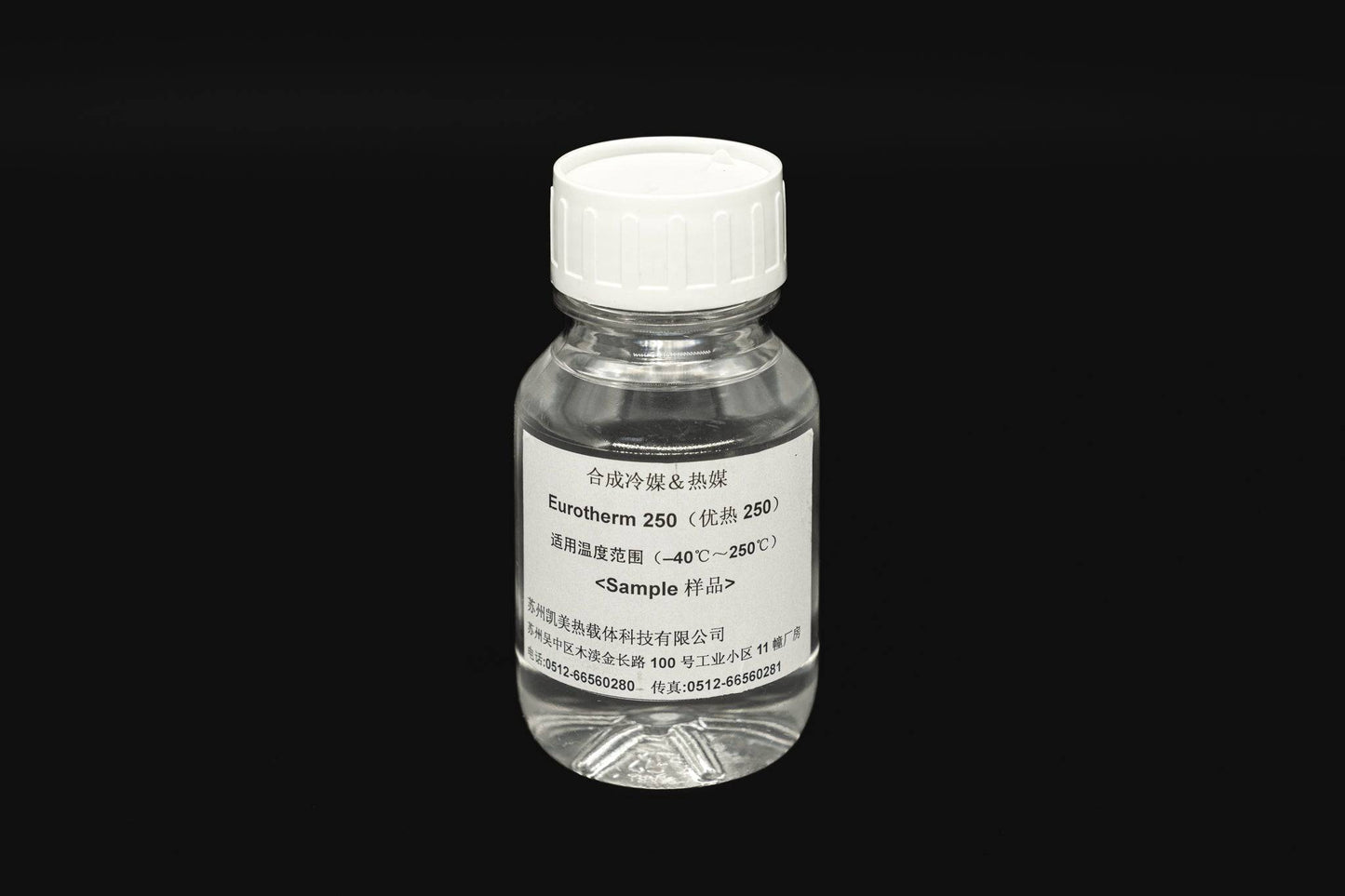Some Ideas on Chemie You Need To Know
Some Ideas on Chemie You Need To Know
Blog Article
The 30-Second Trick For Chemie
Table of ContentsThe smart Trick of Chemie That Nobody is DiscussingThe smart Trick of Chemie That Nobody is Talking AboutThe Definitive Guide to ChemieThe Buzz on Chemie7 Easy Facts About Chemie ExplainedThe smart Trick of Chemie That Nobody is Discussing
By Bojanna Shantheyanda, Sreya Dutta, Kevin Coscia and David SchiemerDynalene, Inc. Liquid cooling, which can be achieved utilizing indirect or direct methods, is used in electronics applications having thermal power thickness that may exceed secure dissipation via air cooling. Indirect liquid cooling is where warm dissipating digital components are physically separated from the liquid coolant, whereas in instance of straight air conditioning, the parts are in direct contact with the coolant.In indirect cooling applications the electrical conductivity can be essential if there are leaks and/or splilling of the liquids onto the electronics. In the indirect cooling applications where water based fluids with rust preventions are normally used, the electric conductivity of the liquid coolant primarily depends upon the ion focus in the liquid stream.
The increase in the ion focus in a closed loop fluid stream might happen as a result of ion leaching from metals and nonmetal components that the coolant fluid touches with. Throughout procedure, the electrical conductivity of the fluid may increase to a degree which could be dangerous for the cooling system.
Chemie Fundamentals Explained
(https://www.domestika.org/en/betteanderson)They are grain like polymers that are capable of trading ions with ions in a remedy that it is in contact with. In today job, ion leaching examinations were executed with various steels and polymers in both ultrapure deionized (DI) water, i.e. water which is dealt with to the highest degrees of pureness, and low electric conductive ethylene glycol/water combination, with the measured adjustment in conductivity reported over time.
The samples were enabled to equilibrate at area temperature level for 2 days before taping the preliminary electrical conductivity. In all examinations reported in this study liquid electrical conductivity was gauged to a precision of 1% making use of an Oakton CON 510/CON 6 collection meter which was calibrated before each measurement.
The 5-Minute Rule for Chemie
from the wall heating coils to the center of the furnace. The PTFE sample containers were positioned in the furnace when stable state temperature levels were gotten to. The test setup was removed from the furnace every 168 hours (seven days), cooled down to area temperature level with the electrical conductivity of the fluid determined.
The electric conductivity of the fluid sample was checked for a total of 5000 hours (208 days). Schematic of the indirect closed loop cooling down experiment set up. Elements made use of in the indirect shut loop cooling experiment that are in contact with the liquid coolant.

Indicators on Chemie You Need To Know
The modification in fluid electric conductivity was monitored for 136 hours. The liquid from the system was accumulated and kept.

0.1 g of Dowex resin was added to 100g of fluid samples that was absorbed a different container. The mixture was stirred and change in the electric conductivity at area temperature level was determined every hour. The determined modification in the electrical conductivity of the UP-H2O and EG-LC examination liquids having polymer or metal when immersed for 5,000 hours at 80C is shown Number 3.
8 Easy Facts About Chemie Explained
Ion leaching experiment: Measured change in electrical conductivity of water and EG-LC coolants having either polymer or metal samples when immersed for 5,000 hours at 80C. The results indicate that metals added less ions right into the fluids than plastics in both UP-H2O and EG-LC based coolants.
Liquids containing polypropylene and HDPE displayed the lowest electric conductivity adjustments. This can be because of the brief, inflexible, linear chains which are much less likely to add ions than longer branched chains with weaker intermolecular pressures. Silicone also did well in both test liquids, as polysiloxanes are typically chemically inert as a result of the high bond power of the silicon-oxygen bond which would prevent destruction of the product right into the fluid.
The Best Guide To Chemie
It would certainly be expected that PVC would certainly produce similar outcomes to those of PTFE and HDPE based on the comparable chemical frameworks of the products, nevertheless there might be various other pollutants present in the PVC, such as plasticizers, that might impact the electric conductivity of the liquid - therminol & dowtherm alternative. In addition, chloride groups in PVC can also leach right into the examination liquid and can cause an increase in electric conductivity
Buna-N rubber and polyurethane showed indicators of destruction and thermal disintegration which recommends that their feasible energy as a gasket or sticky material at higher temperature levels can lead to application concerns. Polyurethane entirely degenerated right into the examination liquid by the end of 5000 hour test. Figure 4. Prior to and after pictures of steel and polymer samples immersed for 5,000 hours at 80C in the ion seeping experiment.
Measured adjustment in the electrical conductivity of UP-H2O coolant as a function of time with and without material cartridge in the shut indirect air conditioning loop experiment. The determined modification in electrical conductivity of the UP-H2O for 136 hours with and without ion exchange material in the loophole is received Number 5.
Report this page